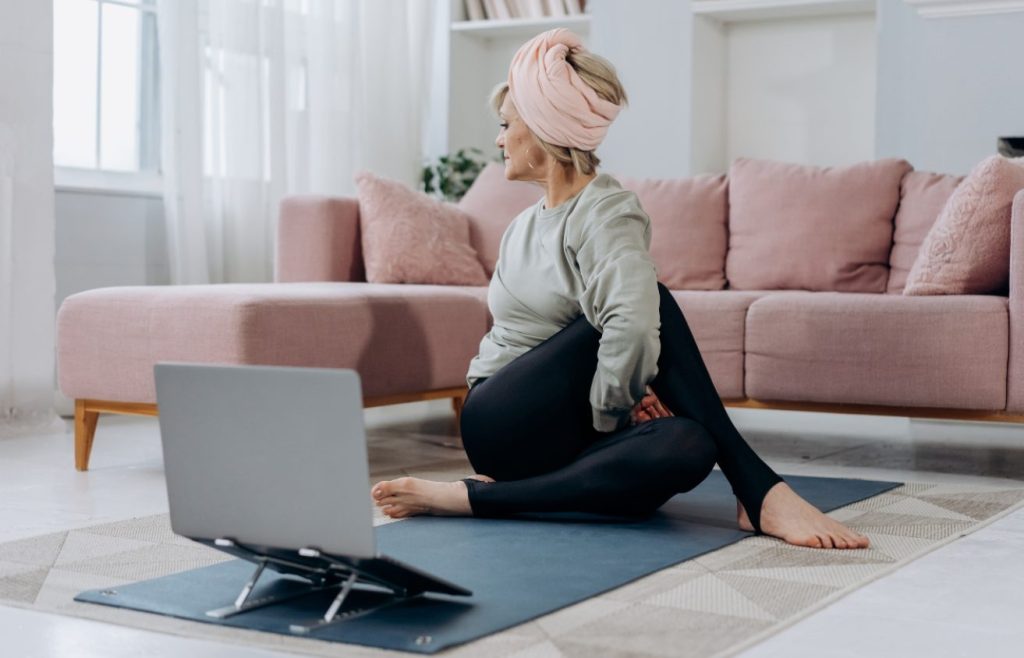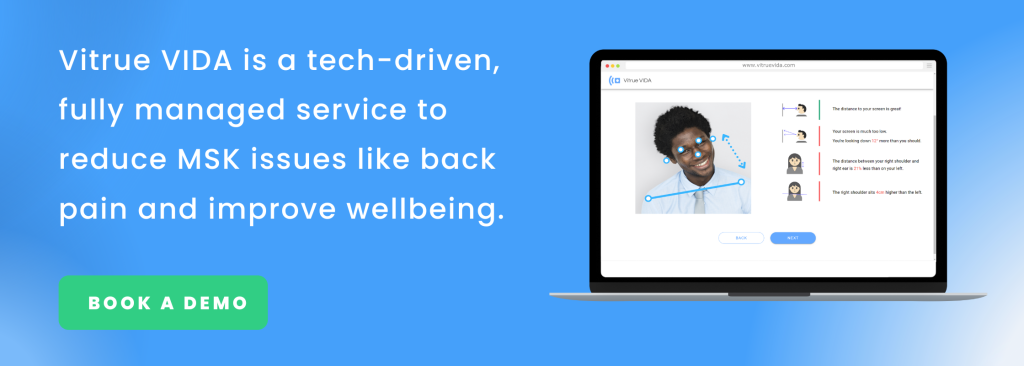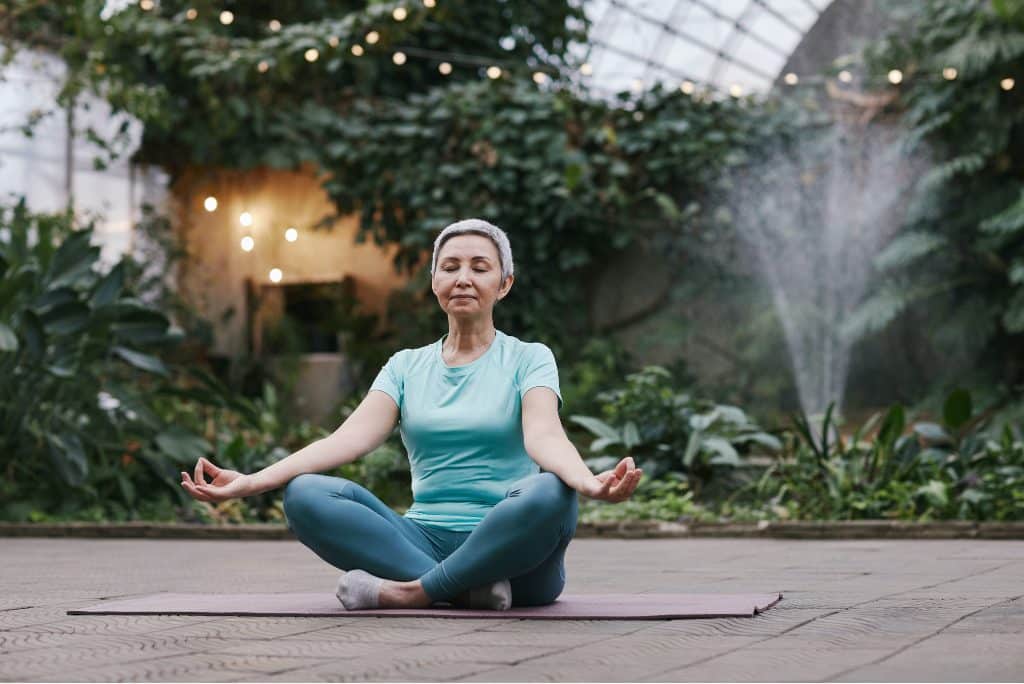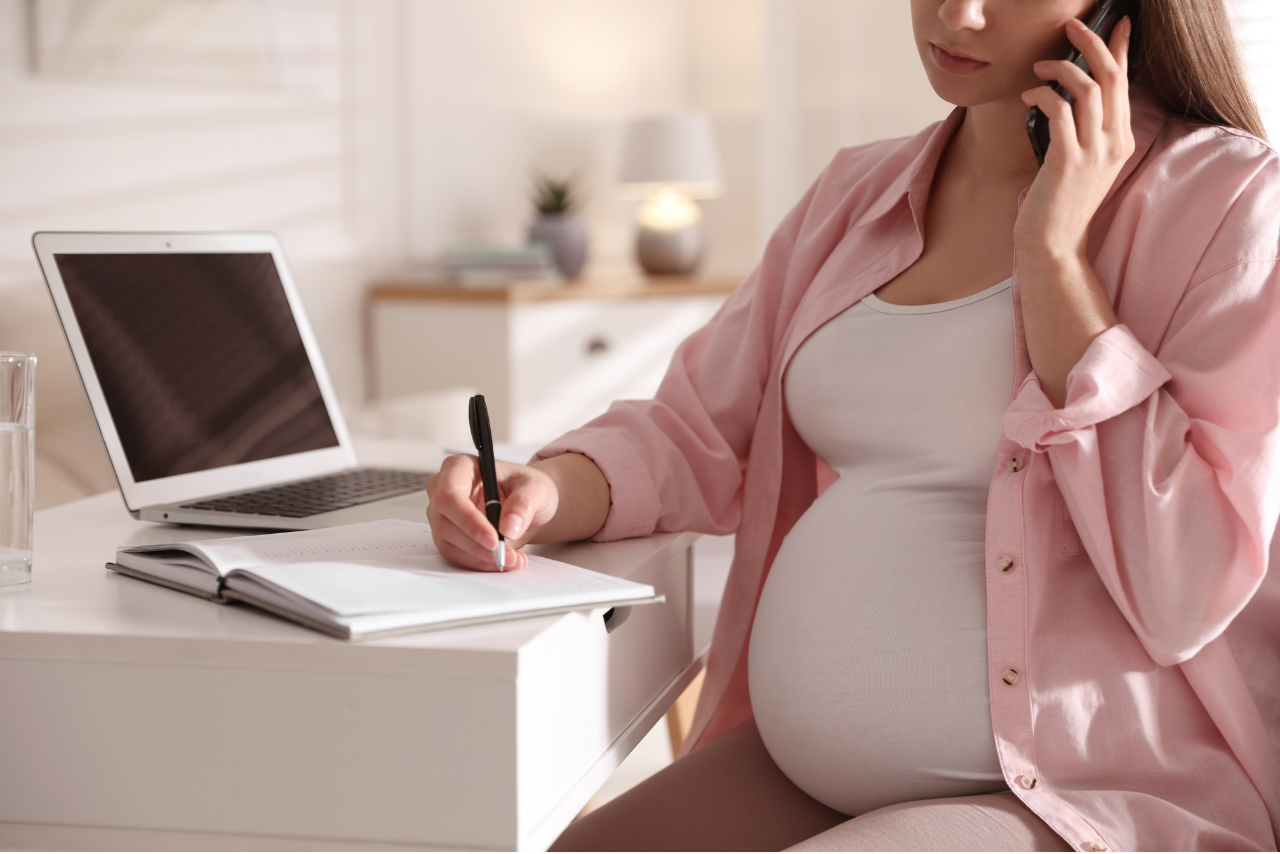This blog was written in partnership with Daye to shine a spotlight on women’s health issues and the gender gap in healthcare. Find out more about how Daye is raising the standards in gynae health here.
Hot flashes, mood swings, weight gain, headaches…there’s a long list of uncomfortable symptoms commonly associated with menopause and the years leading up to it (perimenopause). But musculoskeletal (MSK) pain rarely makes it onto this list, despite 71% of women experiencing it during this time in their lives.
What is musculoskeletal (MSK) pain?
Your musculoskeletal system includes your muscles, joints, ligaments, bones, tendons and tissues. They work together to support your body’s weight to help you move, maintain posture and go about your daily activities.
MSK pain can range from a sudden sharp pain in your knee which goes away quickly, to chronic back pain lasting for months on end. It can have a significant impact on your physical and mental wellbeing, happiness and quality of life.
The link between menopause and MSK pain
There’s a well-established link between menopause and MSK pain. Hormonal changes, particularly the decline in oestrogen levels during menopause, are mostly to blame here.
Oestrogen plays an important role in maintaining your bone density and muscle mass. As oestrogen levels decrease during menopause, your musculoskeletal system becomes weaker and more vulnerable to a range of issues. These include:
- Stiff and painful joints – particularly in the knees, hips, and hands. The decline in oestrogen during menopause often affects the production of lubricating fluid in your joints, leading to pain and stiffness.
- Achy, tight, sore muscles – during menopause you may lose muscle mass at a higher rate than before. Menopause can also be a particularly stressful time, which often manifests in the form of tighter muscles in your neck and shoulders.
- Conditions like osteoporosis and osteoarthritis – the reduction in oestrogen during menopause may result in the thinning of bones (osteoporosis), inflammation of joints (osteoarthritis) and an increased risk of bone fractures.
Did you know? A survey of 5,325 women found that postmenopausal women were twice as likely to experience lower back pain compared to premenopausal women.

How to ease joint and muscle pain during menopause
The rollercoaster of hormonal and musculoskeletal changes during menopause can be frustrating and uncomfortable. Here are some strategies to maintain your bone, joint and muscle health and ease your pain during menopause:
- Stay active – Exercise might be the last thing on your mind if you’re battling with menopause symptoms, but regular physical activity can do wonders for joint and muscle pain. Even the most low impact exercises like walking, swimming and yoga will help you maintain your bone density, joint mobility, flexibility and overall physical health.
- Try hot and cold home remedies – Holding a hot water bottle to sore joints and muscles increases your blood flow and reduces stiffness. Likewise, an ice pack can help reduce inflammation and swelling.
- Eat a balanced diet – Eating certain foods can have a direct impact on your joint and bone health. Try to include plenty of calcium-rich foods like dairy and leafy greens, and sources of Vitamin D such as oily fish and eggs. Certain supplements like fish oil and glucosamine can also help alleviate joint and muscle pain during menopause.
- Maintain a healthy weight – Unfortunately, weight gain is also a common side effect of menopause. Carrying extra weight can put more pressure on your joints, which can worsen any existing pain. Maintain a healthy weight through diet and exercise to ease the load on your joints and muscles.
- Consider hormone replacement therapy (HRT) – If you’re struggling to manage your aches and pains through the methods above, HRT may be your most effective route to a pain-free menopause. HRT works by restoring your oestrogen levels, which is often the cause of many nasty symptoms associated with menopause. It’s important to discuss the potential risks and benefits of HRT with a doctor or medical professional.
Musculoskeletal pain is the forgotten symptom of menopause that creeps up on many women without warning. By taking control of your musculoskeletal health and understanding the menopause-pain link, you can combat joint and muscle pain during menopause and beyond.





